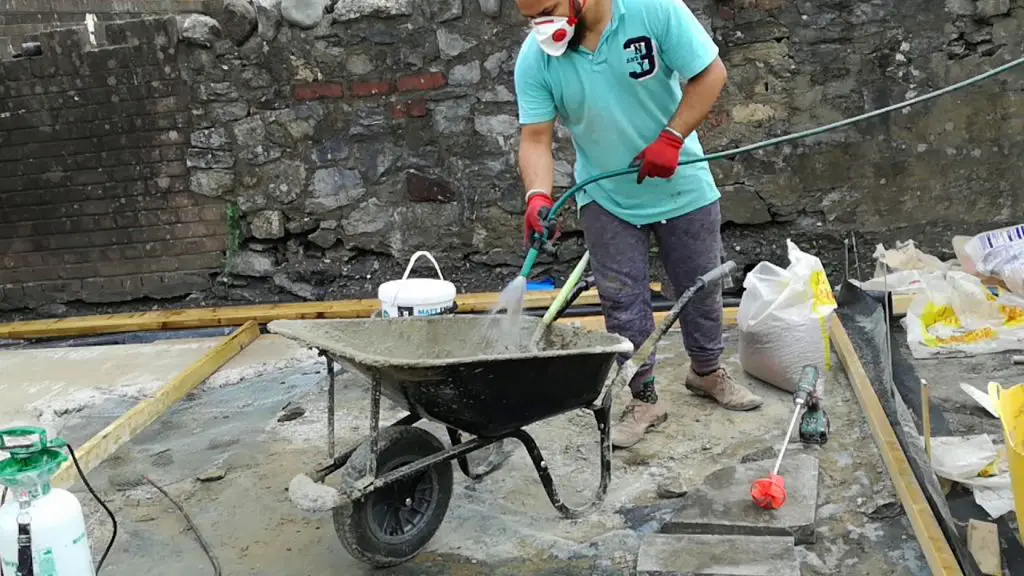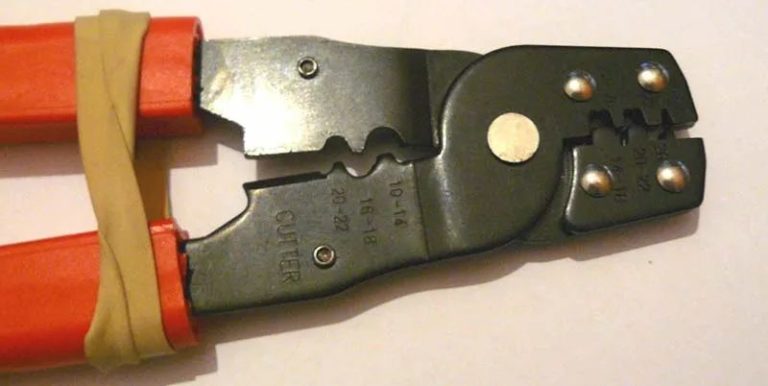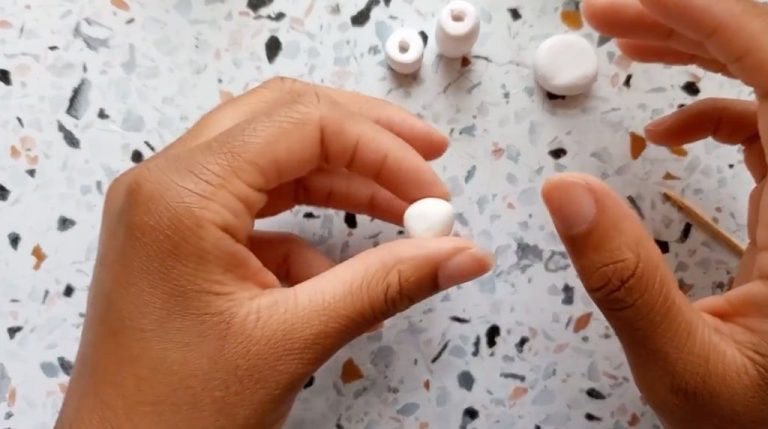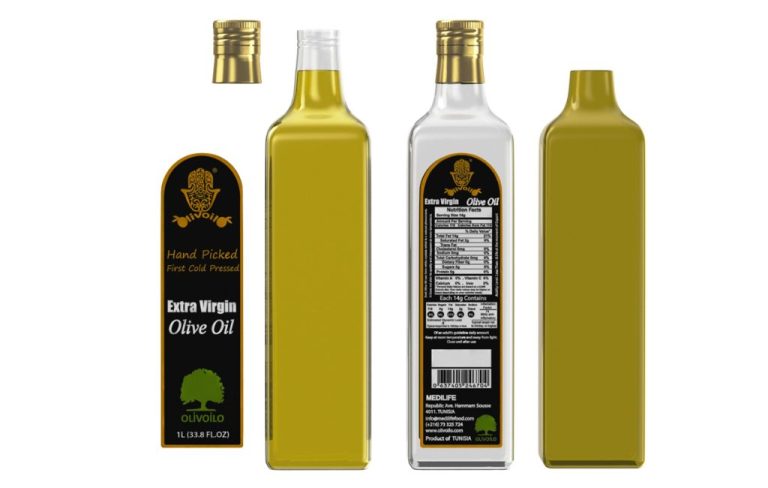What Is The Use Of Drill Mixer?
What is a Drill Mixer?
A drill mixer is a kitchen appliance used for mixing, blending, and stirring ingredients. It consists of a portable handheld electric drill with a mixing attachment or blade in place of the drill bit. The mixing attachment is usually made of stainless steel blades and fits into the chuck of the drill.
Drill mixers work by rotating the mixing attachment rapidly, allowing you to blend wet and dry ingredients with ease. The powerful motor of the drill provides high torque to handle thick mixes and batters. This allows a drill mixer to mix ingredients faster and more thoroughly compared to hand mixing.
Unlike stand mixers, drill mixers are lightweight and portable. Their compact size makes them easy to store in cabinets or drawers. They provide an affordable and versatile alternative to purchasing a separate stand mixer. With the right attachments, drill mixers can be used for blending, whisking, kneading dough, mashing potatoes, making purees, and more.
Some key features of a drill mixer include variable speed control, a range of attachments, a quick release chuck for fast accessory changes, and attachments that are dishwasher safe. Leading brands such as KitchenAid, Hamilton Beach, and Cuisinart offer drill mixers designed specifically for kitchen use.
Types of Drill Mixers
There are several main types of drill mixers:
Handheld: These are lightweight mixers that attach directly to a standard power drill. They usually consist of a mixing paddle that attaches to the drill chuck. Handheld mixers are portable and convenient for small jobs, but don’t have as much power as stand mixers (TOOLSiD).
Stand: Stand mixers are mounted on a stationary stand or base, and often have a larger mixing drum capacity than handheld models. They allow continuous hands-free mixing. Many stand mixers have adjustable heights and tilt mechanisms for ease of use (Sheffield Pottery).
Heavy Duty: Heavy duty mixers are designed for large, heavy mixing jobs like concrete or mortar. They have robust motors, gearboxes, and paddles built to withstand frequent use with abrasive materials. Many feature metal frames and wheels for maneuverability at construction sites (Contractors Direct).
Light Duty: Light duty mixers are best for occasional small jobs or thin mixtures like paint or joint compound. They use lighter paddle materials like plastic rather than metal. Light duty models may have lower torque ratings than heavy duty models (TOOLSiD).
Key Components
The key components of a drill mixer include the drill, whisk attachment, variable speed trigger, and gearbox. The drill provides the power and torque to drive the mixing attachment. Standard drills run between 300-1200 RPM, while high performance drills offer up to 2000 RPM for faster mixing (“Drill Attachments – Impellers”, 2022).
Whisk attachments come in various shapes and sizes for blending different consistencies and batch sizes. The wire whisks are ideal for mixing thin batters, while paddle attachments work well for thicker mixtures. Some whisks feature silicone scrapers to prevent buildup on container walls (“Industrial Mixer Parts & Accessories”, 2022).
The variable speed trigger gives users precise speed control. Starting slowly helps integrate ingredients, while higher speeds whip air into batters. High torque, low speed settings excel at dense mixtures. Gearboxes provide torque control for optimal mixing performance.
Uses and Applications
A drill mixer attachment is useful for a variety of mixing, blending, and whipping applications both in the home and on construction sites. Common uses for a drill mixer include:
- Mixing paint – A drill with a paddle attachment can thoroughly mix paint in a can or paint bucket much faster than doing it by hand.
- Mixing joint compound – Using a drill mixer to blend joint compound ensures it has a smooth, lump-free consistency before applying.
- Mixing grout – Blending grout with a drill mixer attachment makes sure all ingredients are fully incorporated.
- Mixing concrete or mortar – On construction sites, heavy duty drill mixers quickly and efficiently mix bags of concrete or mortar.
- Mixing plaster – A drill mixer helps mix plaster to an even consistency.
- Whipping cream or eggs – Using a whisk attachment on a drill, ingredients like cream or eggs can be whipped rapidly.
- Mixing batter – A drill mixer with paddle attachment makes quick work of blending batter for cakes, muffins, or waffles.
- Mixing juices, smoothies, milkshakes – Using a blender attachment on a drill, refreshing blended drinks can be made.

In summary, a drill mixer is useful for jobs where thorough mixing and a consistent blend is needed. Its speed and power allows faster mixing than doing it by hand.
Source: https://www.collomix.com/en-us/mixpertise/why-drills-do-not-work-for-mixing
Advantages Over Hand Mixing
Using a drill mixer has several key advantages over hand mixing materials like mortar, concrete, plaster, or drywall mud.
The main benefits are the superior speed and power that an electric drill provides. With the high torque of a drill, thick mixtures can be blended much faster than by hand mixing. This saves significant time and effort on large jobs where many batches need to be prepared (Source).
A drill mixer also enables hands-free operation. Once the material is loaded into the mixing container, the operator can let the drill do the work of stirring continuously without tiring. This gives a much more consistent mix versus hand mixing periodically.
Overall, a drill powered mixer greatly increases productivity and efficiency when preparing mortar, concrete, plaster, drywall compound, and similar materials. The speed and power it provides leads to faster mixing times and less physical strain compared to hand mixing.
Safety Tips
When using a drill mixer, it’s important to follow some basic safety tips to avoid injuries or spills:
Secure bowls and containers before mixing – Use clamps or set the bowl in a non-slip mat to keep it from spinning while mixing. Unsecured containers can lead to messy spills or injuries (source).
Use the proper attachment – Only use mixer attachments designed for the specific drill model. Improperly fitted attachments may come loose while mixing (source).
Start mixing at low speeds – Slowly increase drill speed once ingredients begin combining. Starting at high speeds can cause ingredients to fly out of the bowl.
Avoid overmixing – Monitor consistency and stop mixing once the desired level is achieved. Overmixing can damage drill motors and attachments.
Unplug the drill before changing attachments or cleaning – This prevents accidental startup while hands are near the mixer blades.
Consider safety equipment – Wear goggles to protect eyes from splatters. Use gloves or mitts to protect hands and arms.
By following basic safety precautions, drill mixers can be used safely and effectively for mixing a variety of ingredients.
Care and Maintenance
Proper care and maintenance are important for keeping your drill mixer working efficiently. Here are some tips for cleaning, storage, and replacing parts:
Cleaning the Mixer:
- Unplug the drill mixer before cleaning.
- Wash the mixing paddle attachment thoroughly after each use. Soak in hot, soapy water to remove residue. Scrub with a brush if needed (source: Helpful tool for cleaning your mixing paddles within … – YouTube).
- Wipe down the drill mixer motor housing with a damp cloth. Check manufacturer instructions before using any cleaning solutions.
Proper Storage:
- Allow all parts to fully dry before storing.
- Store drill mixer upright and in a dry location.
- Don’t store the drill mixer with the paddle attached.
Replacing Parts:
- Mixing paddles may need replacing over time from wear and tear. Check for cracks or excessive bending.
- Purchase manufacturer replacement parts when needed. Using generic or poor quality parts can damage the drill.
- Follow instructions for properly installing any replacement paddles or parts.
With proper care, your drill mixer can provide reliable service for mixing jobs for years to come.
Popular Brands
Some of the most popular brands for drill mixers include DeWalt, Makita, Bosch, Milwaukee, and Ryobi. DeWalt’s DW130V is frequently cited as the best rated mixing drill available. Makita’s DS4012 is another top choice praised for its power and durability. Bosch and Milwaukee also make reliable, heavy-duty mixing drills suitable for frequent use. Ryobi offers more affordable options for lighter DIY use.
When it comes to kitchen drill mixers, leading brands include KitchenAid, Cuisinart, Hamilton Beach, and VonShef. KitchenAid stand mixers come with a mixing drill attachment, allowing the stand mixer to double as a drill mixer. Cuisinart and Hamilton Beach sell handheld drill mixers designed specifically for the kitchen. VonShef offers an affordable high power kitchen drill mixer with variable speeds. These kitchen brands focus on mixers for lighter mixing tasks like batter, dough, and small batches of thin mixtures.
Pricing Considerations
Drill mixers can range greatly in price from basic models to heavy duty industrial models. For home use, a basic drill mixer can cost between $25-$60 from retailers like Home Depot or Amazon (Amazon). These affordable models are suitable for small jobs mixing thin materials like paint or joint compound.
Heavy duty commercial drill mixers designed for mixing concrete, mortar, plaster, or stucco range from $150-$500 or even higher. Heavy duty models feature more powerful motors, larger mixing containers, and heavy metal gears to handle thicker materials. Brands like Makita, Dewalt, and Bosch make professional-grade mixers costing $200-$500 that are suitable for frequent mixing jobs (Home Depot). These investmets can save significant time and effort compared to hand mixing.
Alternatives to a Drill Mixer
While drill mixers are convenient and versatile, there are some alternatives that may work better for certain mixing tasks:
Stand Mixers
Stand mixers like those made by KitchenAid are excellent for mixing lighter batters and doughs like for cakes, cookies, and breads. They have fixed bowls and come with attachments like dough hooks, beaters, and whisks. Stand mixers provide consistent results and allow you to multi-task while they mix. However, they may not be suitable for thicker, heavier mixes like concrete or drywall mud [1].
Hand Mixers
For smaller mixing jobs, an electric hand mixer can be a good alternative to hauling out the drill. Hand mixers are compact, affordable, and good for mixing ingredients like batter, frosting, or mashed potatoes. However, they don’t typically have the power to handle thicker mixes or large volumes [2].
Blenders
Countertop blenders are designed for blending and pureeing liquids and soft foods. An immersion blender can directly blend ingredients in pots or bowls. While blenders aren’t suitable for mixing chunky ingredients like concrete, they excel at making smoothies, purees, and emulsified sauces. For liquid mixing tasks, a blender may provide smoother, quicker results compared to drill mixers [3].



